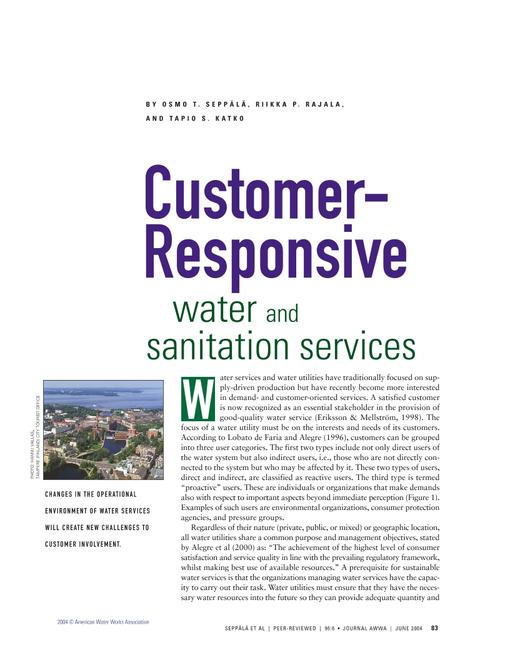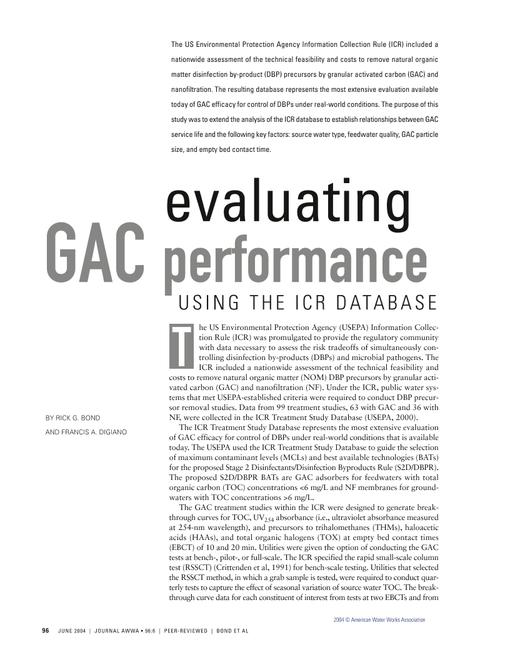-
-
Available Formats
- Options
- Availability
- Priced From ( in USD )
-
Available Formats
-
- Secure PDF 🔒
- Immediate download
- $30.00
- Add to Cart
-
- Printed Edition
- Ships in 1-2 business days
- $30.00
- Add to Cart
Customers Who Bought This Also Bought
-

AWWA JAW31521
Priced From $30.00 -

AWWA JAW60117
Priced From $30.00 -

AWWA JAW60118
Priced From $30.00 -

AWWA JAW60119
Priced From $30.00
About This Item
Full Description
Particles can reduce ultraviolet (UV) disinfection efficacy by decreasing the UV transmittance of the water, thus affecting dose delivery, or by shielding microorganisms from UV light, thereby changing the characteristics of the dose-response curve. Although previous research has investigated how significant concentrations of wastewater solids challenge UV disinfection, the effects of low concentrations of drinking water particulates and algae on UV disinfection performance have not been sufficiently evaluated. This article describes the results of a two-phase research project to assess the effects of turbidity and algae on inactivation of MS2 bacteriophage by UV light. Phase 1 examined laboratory water prepared with montmorillonite clay and algae; phase 2 investigated natural waters of varying turbidities and algal counts. Results indicated that UV light successfully inactivated MS2 in the presence of clay, algae, and naturally occurring turbidity. The findings of this study are encouraging for use of UV disinfection by utilities with unfiltered drinking water supplies; however, additional research is needed to explore how different test particles and parameters may affect UV performance.





